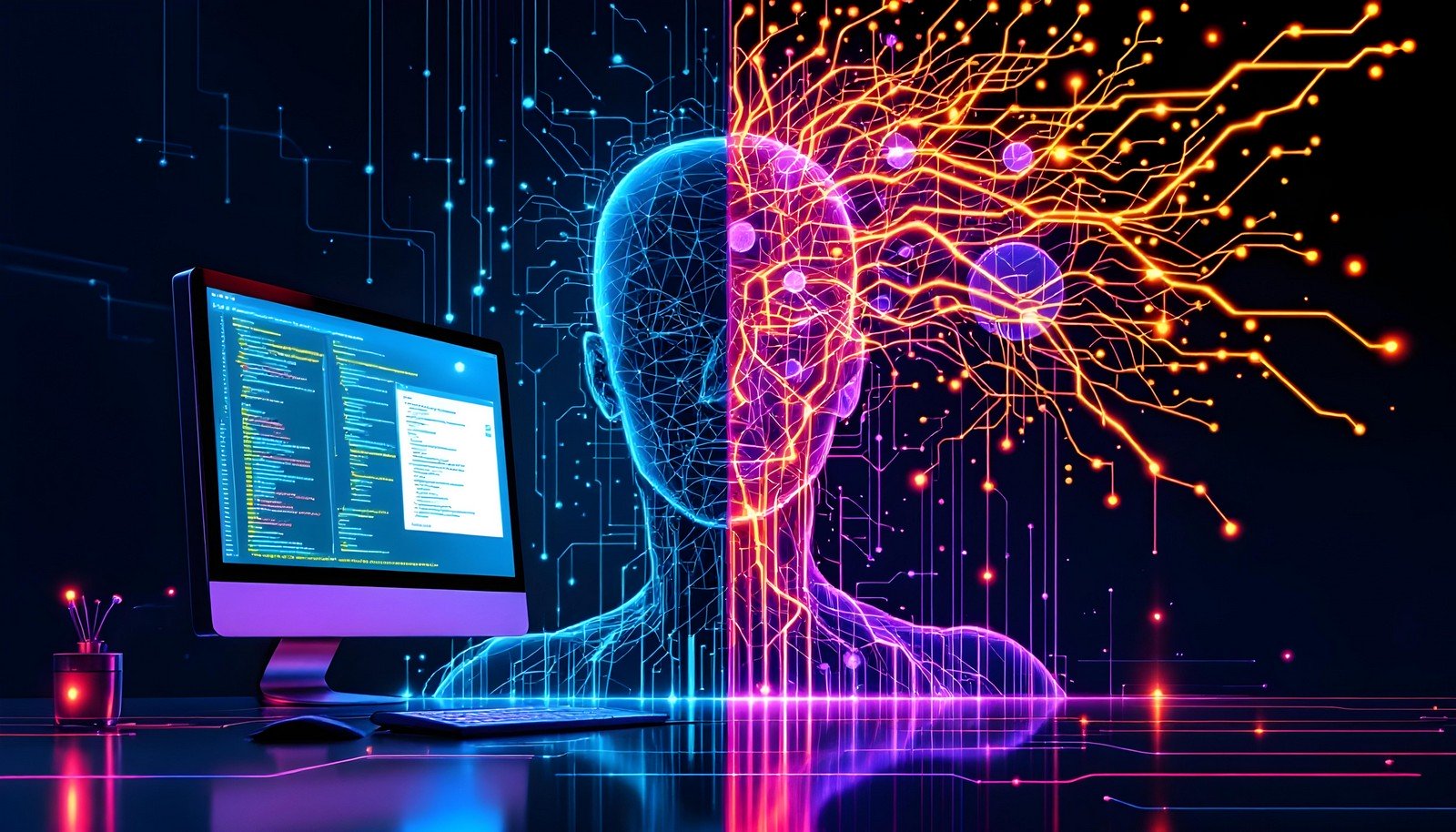AI Computational Models

Quick Navigation:
- Computational Models Definition
- Computational Models Explained Easy
- Computational Models Origin
- Computational Models Etymology
- Computational Models Usage Trends
- Computational Models Usage
- Computational Models Examples in Context
- Computational Models FAQ
- Computational Models Related Words
Computational Models Definition
Computational models are abstract representations that simulate real-world processes using mathematical algorithms and computer programs. These models help predict complex phenomena, analyze data, and test hypotheses across various scientific fields. Technically, a computational model involves defining variables, parameters, and rules that dictate how these elements interact over time. The simulation runs on computational power to replicate scenarios, yielding insights that may not be feasible through physical experiments.
Computational Models Explained Easy
Imagine you have a toy race car and a track. Instead of playing with the car physically, you create a video game where you simulate how the car would move, accelerate, and turn on that track. You can change the car’s speed, the road’s surface, or even the weather to see what happens. A computational model is like that video game but used by scientists and engineers to study real-life problems such as weather forecasting or how diseases spread.
Computational Models Origin
The use of computational models can be traced back to the mid-20th century when computer technology began to advance significantly. Early models focused on simple mathematical simulations in fields like physics and engineering. The development of digital computers revolutionized these models, enabling more detailed and complex simulations that could handle vast amounts of data and intricate systems.
Computational Models Etymology
The term derives from the Latin word “computare,” meaning “to calculate,” and the word “model”, which comes from the Latin “modulus”, meaning “a small measure” or “standard.”
Computational Models Usage Trends
Over the last few decades, computational models have become fundamental in fields like climatology, economics, biology, and artificial intelligence. Their usage expanded significantly with the advent of high-performance computing and big data analytics. Today, they are crucial for predictive analytics, machine learning, and simulations that support decision-making in industries ranging from finance to healthcare.
Computational Models Usage
- Formal/Technical Tagging: Simulation, predictive analysis, algorithmic modeling, data-driven models, theoretical simulations
- Typical Collocations: computational simulation, mathematical model, predictive model, simulation framework, algorithmic prediction
Computational Models Examples in Context
- Climate scientists use computational models to project future climate scenarios and evaluate the potential impacts of global warming.
- Economists develop computational models to simulate economic behaviors and assess the effects of policy changes on the market.
- Epidemiologists rely on computational models to predict the spread of infectious diseases and the effectiveness of intervention strategies.
Computational Models FAQ
- What is the purpose of computational models?
They are used to simulate complex systems and predict outcomes that are difficult or impossible to test physically. - Where are computational models commonly applied?
Fields like climatology, economics, engineering, and biology often use them. - How do computational models differ from physical models?
Computational models use algorithms and simulations, while physical models are tangible, real-world representations. - What tools are used for developing computational models?
Software like MATLAB, Python (with libraries such as NumPy and SciPy), and specialized simulation platforms. - What is the main advantage of using computational models?
They can handle complex variables and provide insights into scenarios that would be impractical to study in the real world. - How do computational models assist in decision-making?
They offer predictive insights that help stakeholders evaluate potential outcomes and make informed choices. - Can computational models be used in AI?
Yes, machine learning and artificial intelligence often use computational models for training algorithms and data analysis. - What is a limitation of computational models?
They may produce inaccurate results if the input data or assumptions are flawed. - What is an example of a computational model in biology?
Modeling the spread of diseases to forecast outbreaks and assess control measures. - Are computational models always accurate?
No, their accuracy depends on the quality of data, the model’s complexity, and assumptions used.
Computational Models Related Words
- Categories/Topics: simulation, predictive modeling, mathematical modeling, systems analysis, algorithmic computation
- Word Families: compute, computation, model, modular, simulation
Did you know?
The first major computational model used to simulate global climate was developed in the 1960s. It paved the way for modern climate change research, showing that even early models could predict basic trends in global temperature changes.
PicDictionary.com is an online dictionary in pictures. If you have questions or suggestions, please reach out to us on WhatsApp or Twitter.Authors | Arjun Vishnu | @ArjunAndVishnu

I am Vishnu. I like AI, Linux, Single Board Computers, and Cloud Computing. I create the web & video content, and I also write for popular websites.
My younger brother, Arjun handles image & video editing. Together, we run a YouTube Channel that's focused on reviewing gadgets and explaining technology.



Comments powered by CComment